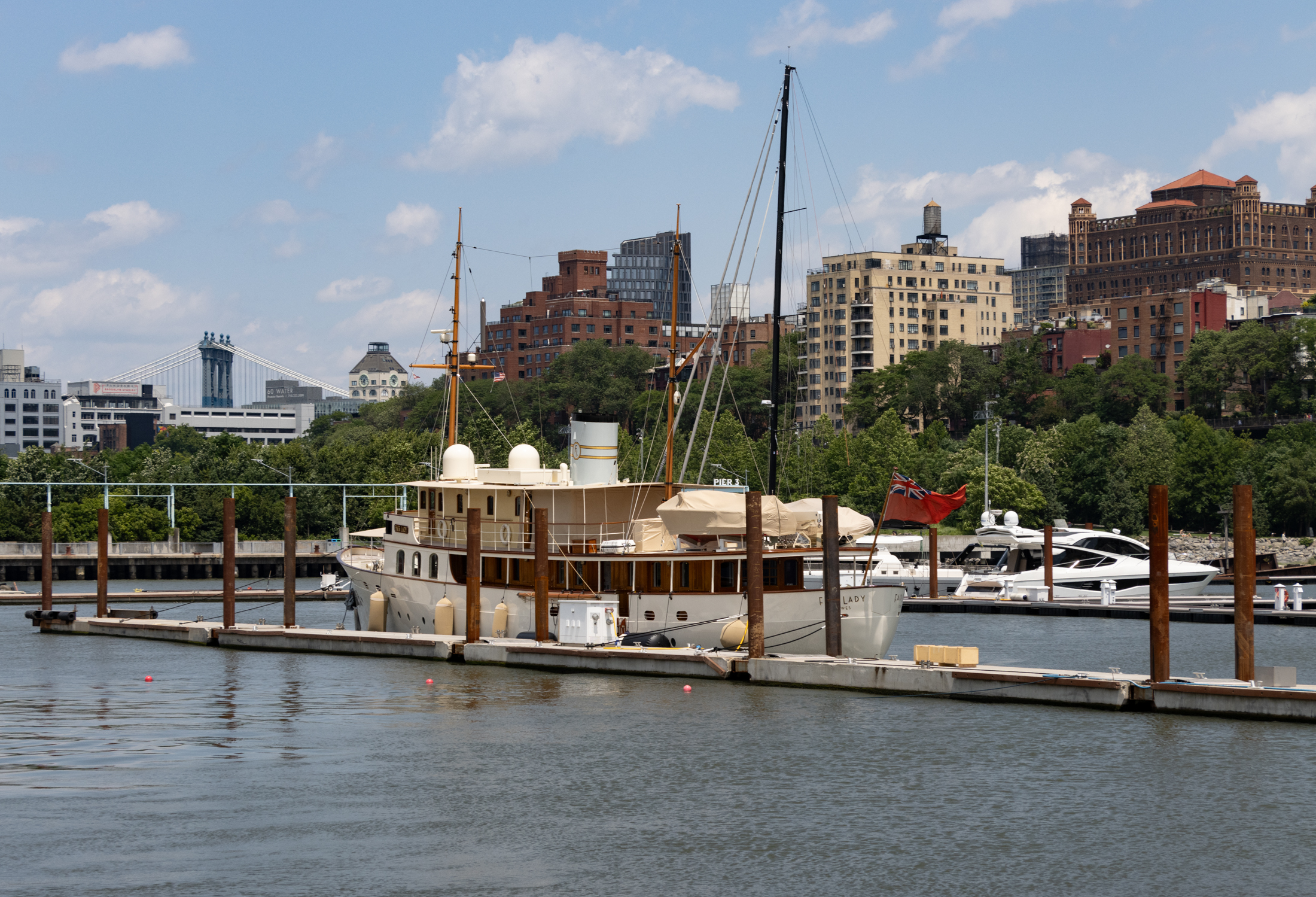Building of the Day: 117 Vanderbilt Avenue
Brooklyn, one building at a time. Name: Row house Address: 117 Vanderbilt Avenue Cross Streets: Myrtle and Park Avenues Neighborhood: Wallabout Year Built: 1852-53 Architectural Style: Gothic Revival Architect: Unknown Landmarked: Yes, part of Wallabout HD (2011) The story: What do Tennyson’s Idylls of the King and this house have in common? The Gothic Revival,…

Brooklyn, one building at a time.
Name: Row house
Address: 117 Vanderbilt Avenue
Cross Streets: Myrtle and Park Avenues
Neighborhood: Wallabout
Year Built: 1852-53
Architectural Style: Gothic Revival
Architect: Unknown
Landmarked: Yes, part of Wallabout HD (2011)
The story: What do Tennyson’s Idylls of the King and this house have in common? The Gothic Revival, that’s what. Started in England in the mid-1740’s, and lasting, off and on, and here and there, well into the 20th century, the Gothic Revival, also called Neo-Gothic or sometimes Victorian Gothic in architectural terms, has been an enduring style of architecture, literature and culture. Even today’s “Goth” movement originated in the world of the Gothic Revival. As did this Wallabout house.
The Gothic Revival was an effort to return to the architecture and styles of the Medieval period. Architecture at the time, in the 1700’s, was firmly in the camp of the Classical movement, channeling the Greeks and Romans. In England, especially, there was a renewal of interest in a more local architecture and philosophy that one based on the Medieval church and culture. By the middle of the 19th century, this movement had been embraced by the Pre-Raphaelites, William Morris, and others, taking up not only a love for the architectural and decorative elements of the Medieval world, but the philosophy of craftsmanship guilds, handmade goods, and the trappings of a simpler, less industrialized world.
Here in New York, the Gothic Revival style was the forte of architects and style makers like Alexander Jackson Davis, and Andrew Jackson Downing, whose designs for what we call Carpenter Gothic country villas, on naturally landscaped properties were especially popular at this time. The buildings were usually what are called “vernacular architecture”, designed not by established architects, but built by mostly anonymous local builders, working from designs published in style books by Davis and others. The style is best personified by the carved bargeboards and steep gables, slightly reminiscent of a Gothic church.
117 Vanderbilt is the best preserved in a group of three Gothic Revivals built by a merchant named Roswell Hovey. He sold this house to a pilot named George Sisco and his family, in 1853. The Sisco’s owned the house until at least 1891. This is certainly consistent with the area’s concentration of residents in the sea-faring and naval trades. The Siscos’ rented out a portion of the house to boarders.
Even today, after much wear and tear in the neighborhood, the house is still a beauty, with elegant drip window frames, quatrefoil details and Gothic goodness in that wonderful gable and bargeboard roofline. This one’s certainly a keeper, and a great example of the style. GMAP






Is “label molding” not the conventional term? (Even though I erroneously used “drip molding” a while back.)
1910 census for 119: Edward Mulgrew, helper at a gas company